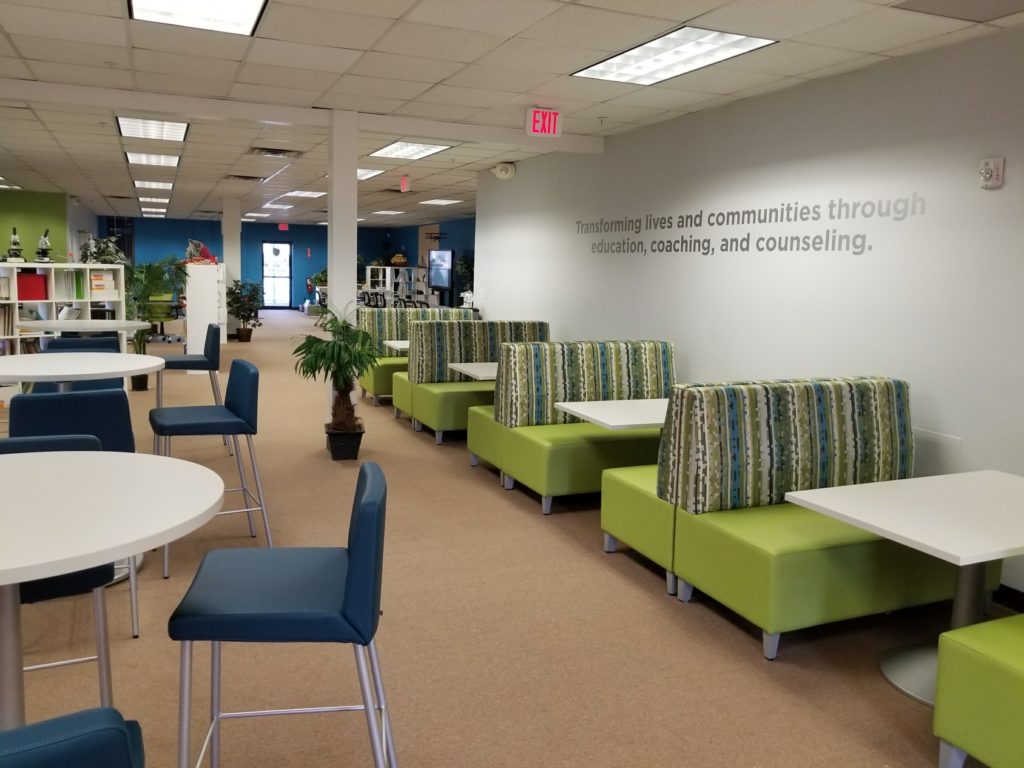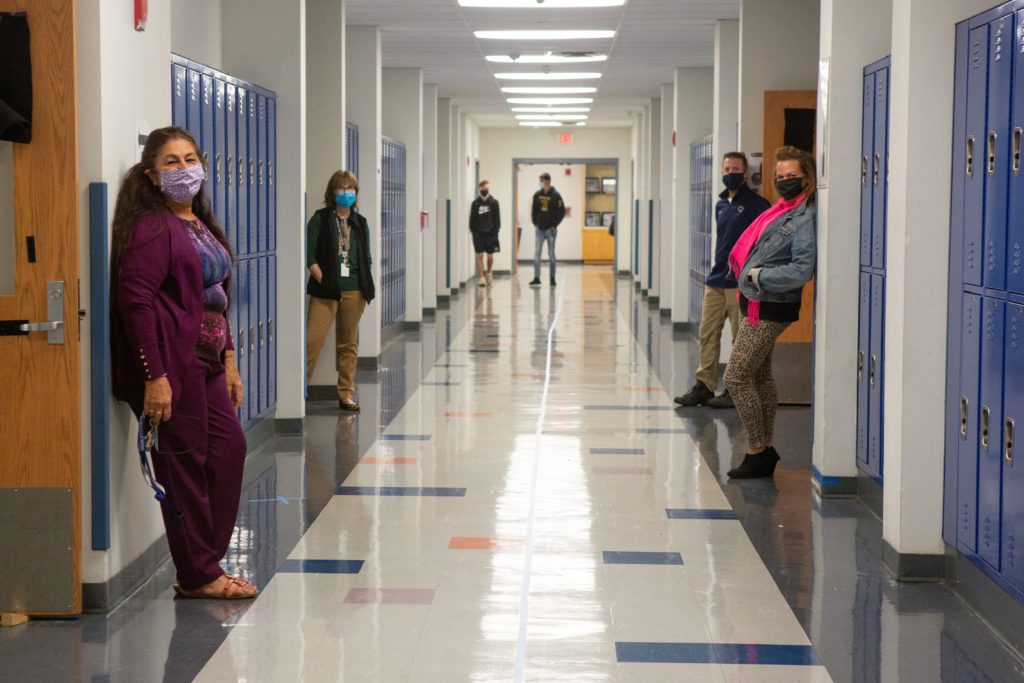Edspaces are a primary support of the mental health and wellbeing of students, teachers, and staff. They are a source of care and kindness. They influence happiness, joy, and learning. Consider every project as though you are stepping into a garden.
We are tending to the garden of learning. This garden needs attention as it has been neglected for years. This garden needs to be nurtured as it allows everything inside to grow and prosper. This garden needs time. It takes seasons and iterations to get it right. Getting through projects cannot be a priority over getting into projects.
This garden has weeds. They never go away completely, but if we partner effectively, we can influence generations. This garden needs to grow corn today and beans tomorrow, so flexibility will always be the right answer (even when a virus shortens the growing season). This garden is unique, so save us from volume discounts and the formula that worked somewhere else.

This garden has been in our community for years, and though tradition is strong, this garden must be the bridge between the glory days and the bright future that lies ahead. The garden includes our playgrounds, entrances, and libraries. It is classrooms, hallways, and common spaces. Each square inch can play a role in growing weeds or nurturing the harvest of our future leaders and agents of change.
The garden has names, faces, and voices. Each expects to see, hear, and feel themselves in the space. This garden also has other caretakers who support the space through lessons, laughter, play, and discussion. They deserve the best garden to sow their craft. Our teachers are artful when their garden is vibrant.
After we embrace the metaphor of the garden and lean into the priority of surrounding all with nurturing learning environments, the next question that all in the field of school design must consider is why now.
This garden is simply the most complex space that exists. It requires care. Not the simple act of rain as care for the garden, but a comprehensive, deep, lasting care that requires us all to dig deeper in our design and implementations. It is a garden where care makes things right and allows all to feel welcome, without stress and primed for excellence.
Enter the garden ready to care. What emerges may feel like magic, but instead it will be the visual representation of what is possible when we believe in learning as love.
After we embrace the metaphor of the garden and lean into the priority of surrounding all with nurturing learning environments, the next question that all in the field of school design must consider is why now. What makes this a truly urgent priority for the future of modern learning?

This is a fair question seeing that school and learning as we know it has been turned upside down. The pandemic has dominated the planning and conversation of school leaders. Most schools have taken short-term counter measures to battle against the spread of the virus. We have watched as the distance between desks was carefully set, movement was limited, and new signage about rules and mandates filled the halls.
Seeing this retreat from optimal space design but knowing the positive potential impacts that were being paused should encourage us to communicate that now is the time because of these three things.
- Research continues to show that small changes to the learning environment can have a big impact on lowering stress for students and teachers while promoting things like joy, wonder, and creativity.
- Planning has already started for the new school year. This includes master schedules, budgets, and changes in instructional models. Waiting another year to make space a priority will further distance the power of syncing learning spaces with instructional practices and the overall mission of the school.
- We can’t let the significant get lost in the urgent. Though much of our energy has been consumed by the redesign of school for the pandemic, we know that intentional design of spaces has a huge impact on the culture and energy within a school. How we design every space speaks with clarity about whether our words about who we are as a school are supported by our actions.
One other consideration is timely in these uncertain moments for schools. In addition to seeing learning spaces as a garden and recognizing that now is the time to move forward with the optimization of learning environments, educators need to find simple ways to build momentum and inertia around this work. Consider these three ideas.
- Strategic removal of items in the school. This can include things that are broken, old or incongruent with the mission.
- Small additions that have an impact on culture and learning while have small to no impact on budget.
- Strategic purchases that begin the long-term prioritization of space design throughout the school building. These purchases begin the momentum for larger, consistent changes in the effort to modernize and optimize the entire building.
This is an ideal time for designers, dealers, and educators to lean into partnership around these ideas. Schools need support, ideas, and expertise in these difficult and uncertain times. Business partners need to continue to get into rhythm with the demands and priorities of modern learning especially in the areas of instruction and assessment. All of this is possible if we come to the table (or video call) with a common mission to care for kids through space, begin the work of redesign without pause, and work together on the small steps that can build momentum around optimizing all spaces for teaching and learning.

